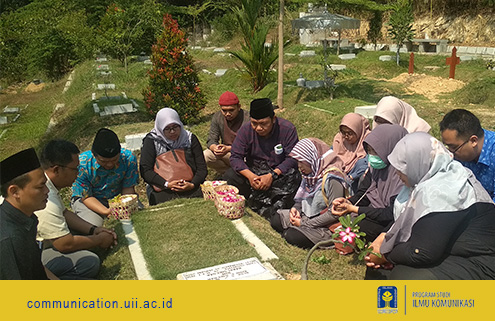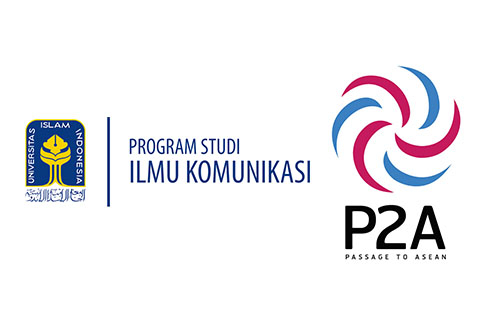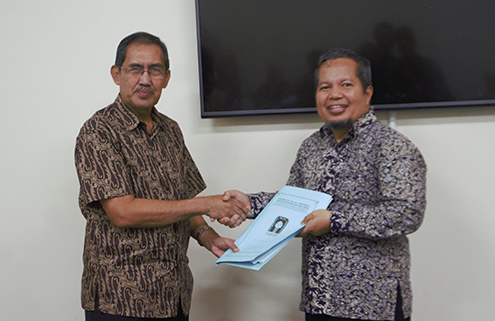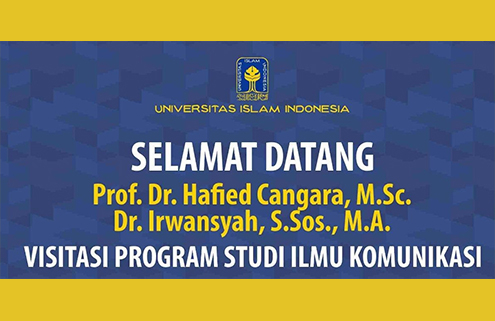After more than a year of the funeral of Amir Effendi Siregar, the family of Communication Departmennt conducted a ceremony and sprinkling flowers at Amir Effendi Siregar’s cemetery. Bang Amir, Amir Effendi Siregar’s nickname. is a founder figure of Communication Department of UII. This activity which was held on August 2, 2019, was participated by staff, Uniicoms TV crew, Lecturers, and Staff of the Nadim, The Center for Alternative Media Documentation and Studies (PSDMA) of Communication Department.
Through a trip from the Universitas Islam Indonesia (UII) to the west, all of Communication Departement’s family arrived at Bang Amir’s cemetery at the Government Public Cemetery in Sleman. The procession began with each audience sprinkling flowers on Bang Amir’s grave. After that, a joint prayer was conducted led by Anang Hermawan, one of the lecturers in the first batch of this department.
“Bang Amir was a former founder of Communication Science/ Communcication Department and emphasized that this department must be exist at UII,” said Anang Hermawan. He also preached and expressed his gratitude at the Bang Amir tomb that Bang Amir’s struggle had now, at least, been fruitful, one of which was by achieving grade A on accreditation test again.
“Pak Anang is filled with tears, he remembers his struggle and we all build the vision of this department,” said Puji Hariyanti, current Head of the Communication Department. According to Anang, all of Communications Department’s Family must respect the struggle of the founders, the teachers who preceded us, reflected on, and continued Bang Amir’s ideals.
Bang Amir is a figure who fought for the UII’s Communication Department in the 2004s who was also very influential for the establishment of this department. He also emphasized and conceptualized the UII’s Communication Department which had the concentration/ specialization on Media Management studies, the only one in Indonesia at that time. Bang Amir pioneered it with Anang Hermawan, Masduki, and several lecturers in the first generation at that time. Up and down, helter-skelter to make network, it can even make this office like a second home,”We used to make reports and student activities, we had to stay overnight, until that’s the struggle,” said Topari, one of the former staff at that time, who has now a career as a teacher in a state school in Gunung Kidul.
“We hope we can continue his ideals. In order to commemorate our founders, yesterday it was accredited as well, we think it is necessary to remember our founders,” Anang said on the middle of ceremony.






